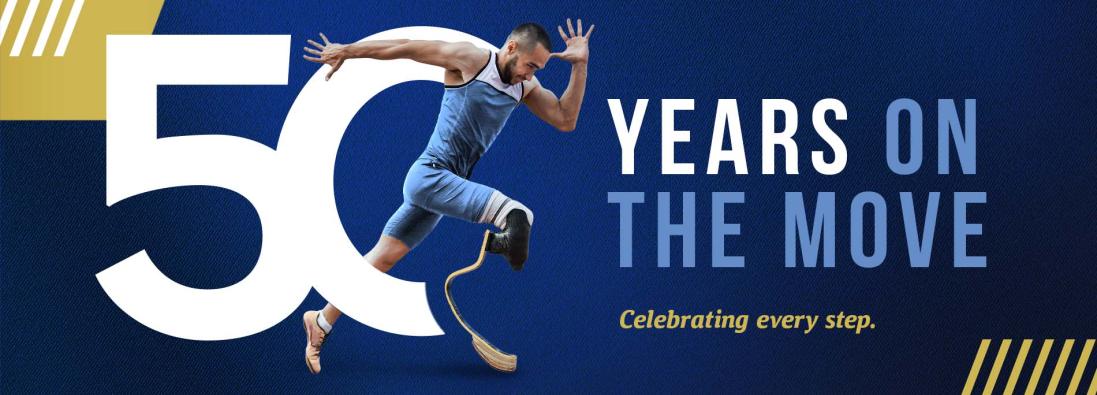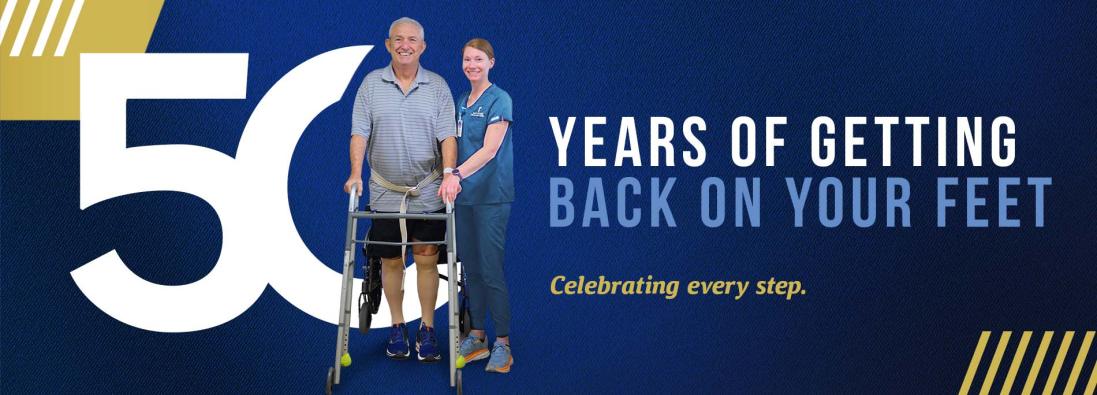
JACKSON, Miss.—When mosquitoes start to sting, the phones begin to ring at the Center for Neuroscience and Neurological Recovery at Methodist Rehabilitation Center in Jackson.
Word is out that CNNR researchers are national experts on a crippling, polio-like disease that is one of the most frightening manifestations of the mosquito-borne West Nile virus.
In 2002, CNNR director Dr. Dobrivoje Stokic and senior scientist Dr. Art Leis were the first to report that the virus can attack the motor cells of the spinal cord, causing paralysis, muscle weakness and fatigue, and the first to confirm that observation through autopsy findings.
Now they're on the forefront of research that could help doctors better determine the prognosis of West Nile virus patients with paralysis and/or muscle weakness. CNNR researchers are wrapping up a federally funded $82,000 study that examined the long-term outcome of West Nile patients with such symptoms.
While the results probably won't be released publicly until spring 2005, CNNR researchers are already fielding questions from West Nile patients who want to know more.
"We are receiving calls from all over the United States and Canada from people wanting to know our experience on the extent of recovery," Dr. Stokic said. "I've also had phone calls from physical therapists asking about appropriate therapy. Not many professionals have seen cases of polio-like paralysis. But Dr. Michael Winkelmann, one of our rehabilitation medicine physicians, has extensive experience with patients who have residual effects from having had polio in the '40s and '50s."
Ned Jeter, Virginia's first West Nile case of 2003, is one who sought out the expertise of CNNR staff, and he believes he's the better for it. He was in a wheelchair and partially paralyzed when he first arrived at Methodist in August, 2003. But when he returned for a follow-up exam some eight months later, the Roanoke farmer had progressed from walking to some first attempts at running. "I thought I'd impress my therapists," he said.
Jeter said his family consulted with Duke University Medical Center, the Mayo Clinic, Johns Hopkins and Cleveland Clinic before deciding that Methodist's team of researchers, medical staff and therapists offered him the best hope for recovery. "Word has gotten out that they are the people to see about West Nile virus. I know I've benefited extremely from it."
Martha Humes, 33, of Portland, Oregon, and Nancy Williamson, 48, of King of Prussia, Pennsylvania also traveled thousands of miles to be part of the center's West Nile study.
Their motivation was to help researchers learn more about the disease so that future victims receive more timely diagnoses and the proper care.
"I agreed to be part of the WNV research in the hopes of educating the public and potentially leading to a more standardized course of care," Humes said.
Dr. Leis said the study already has helped identify a number of symptoms not previously associated with West Nile virus, including facial weakness, difficulty swallowing and vision problems.
"Our initial discoveries showed the virus attacking the anterior horn cells of the spinal cord, which controls muscle function in the limbs and leads to paralysis," Dr. Leis said. "Now we know the virus also can attack other nerves and muscles, causing additional loss of motor control in the body."
Dr. Leis said that alerting other health care professionals to these more rare manifestations of the virus should help reduce what has been a common problem—doctors mistaking a patient's muscle weakness and paralysis for symptoms of stroke or Guillain Barre Syndrome.
"Treatments for those conditions are completely ineffective for West Nile virus and can cause injurious side effects," Dr. Leis said.
Study results also have underscored the need for West Nile patients to undergo a comprehensive battery of electro-diagnostic tests. "A complete neurological EMG and nerve conduction studies are essential for a prognosis," Dr. Leis said.
Researchers say there is a definite link between the extent of nerve and neurological damage early on and a patient's eventual recovery. "If the virus destroys a majority of cell bodies in the spinal cord, the patient will likely have permanent profound weakness," Dr. Leis said.
"We can say that a year after the acute illness, there is a subset of people who remain profoundly weak and limited in daily functioning," Dr. Stokic said.
While that's not good news for those patients, being able to predict such an outcome can help decide appropriate therapy, Dr. Stokic said. "For example, a patient likely to remain in a wheelchair or have difficulty walking would need more extensive rehabilitation services than one with short-lived muscle weakness."
